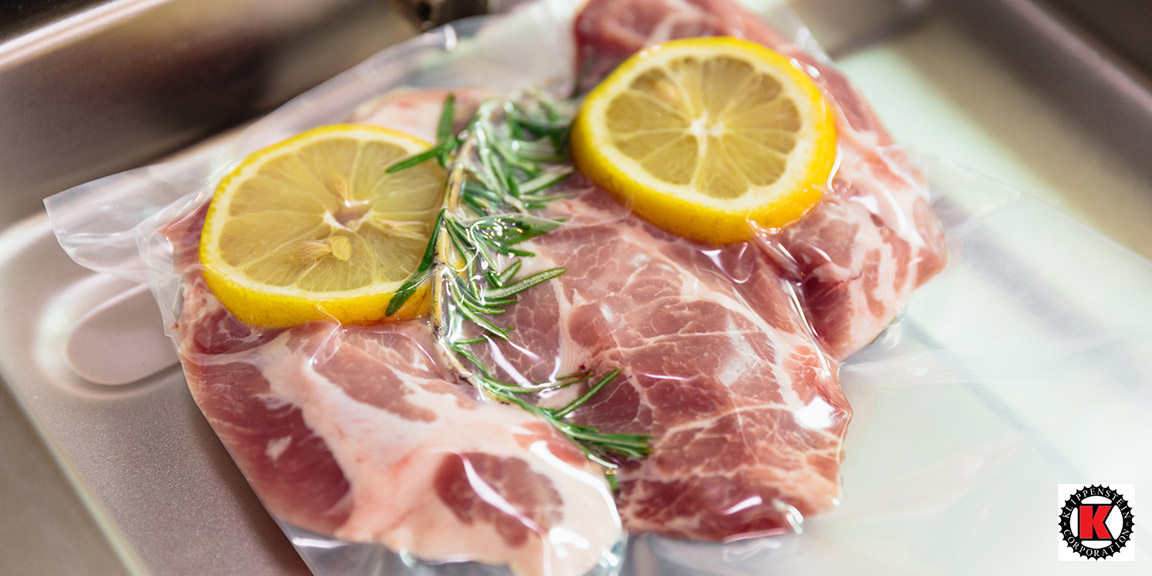OVERVIEW OF THE SEALING PROCESS
Sealing is a vital component of any manufacturing process. With very few exceptions, most products require a container, and containers need sealing to protect and preserve the contents.
Sealing can be manual or part of an automated process. This can range from applying tape or adhesives to folding the edges of the container or welding seams with heat or ultrasonic energy.
In all cases, the integrity of the seal is paramount, as is the productivity rate and cost. You need to choose a supplier like Klippenstein Corporation who has experience to find the best solution for your needs.
TYPES OF SEALING PROCESSES AND EQUIPMENT
BAND SEALERS
Primarily used in the food industry, BAND sealers use bands to hold a pouch and carry it to the sealing station on the machine. Designed for high volume production, these machines are highly versatile, enabling vertical or horizontal usage. Vertical positioning prevents spillage of content during the process. These sealers are also available in the manual version.
BLISTER /TRAY PACKAGE SEALERS
These machines create the popular packages used in retail displays. Blister packs provide protection and attractive packaging. Tray packaging is popular in food service and medical applications. These packages can contain inert gas atmospheres to inhibit spoilage. In medical applications, the airtight seal preserves the sterility of the contents.
This custom packaging equipment requires pre-made packaging components and only seal the finished package.
CLAMSHELL SEALERS
These are handheld devices used to join self-sealing vacuum-formed containers and add tamper resistance.
Widely used in the food industry for prepared meals, this type of sealing closes the package after the product is inserted. Additional applications for hard goods can also be found. These devices can use ultrasound or heat to perform the sealing operation.
CRIMP/JAW SEALERS
Crimp devices can be either handheld or bench mounted. Jaw sealers are usually bench or floor mounted. Both use heat and pressure to seal packages. Jaw sealers can have larger sealing lengths. Both types seal one unit at a time, but jaw sealers can be semi-automatic, sealing the package as the operator inserts the package into the machine.
L BAR SEALERS
These are used to create pouch containers from doubled over film. First, three sides are sealed and the package, once filled, is sealed on the remaining side. The line then progresses to the cutter to be separated into individual units.
VACUUM SEALERS
Widely used in the food industry. The main advantage is the vacuum, which prevents spoilage. Other atmospheres can be introduced to further preserve the contents. The machines can be manual, semi-automatic or fully automatic.
CASE AND CARTON SEALERS
These semi-automatic case sealing machines use adhesive tape to seal the cartons. The machine closes the carton and applies tape to the seams. They can be configured to accommodate any size carton.
CAP AND BOTTLE SEALERS
These machines install tamper proof sealers after the bottle is filled and capped. This can be done with a manual handheld device or a fully automated system. Automated sealing is often incorporated into the main production line.
To contact an experienced consultant to evaluate your needs please contact us at 888-834-4258 or 859-334-4258.
Visit us at. info@klippenstein.com
KLIPPENSTEIN CORPORATION
2246 Dale Ave
Fresno, CA 93706
